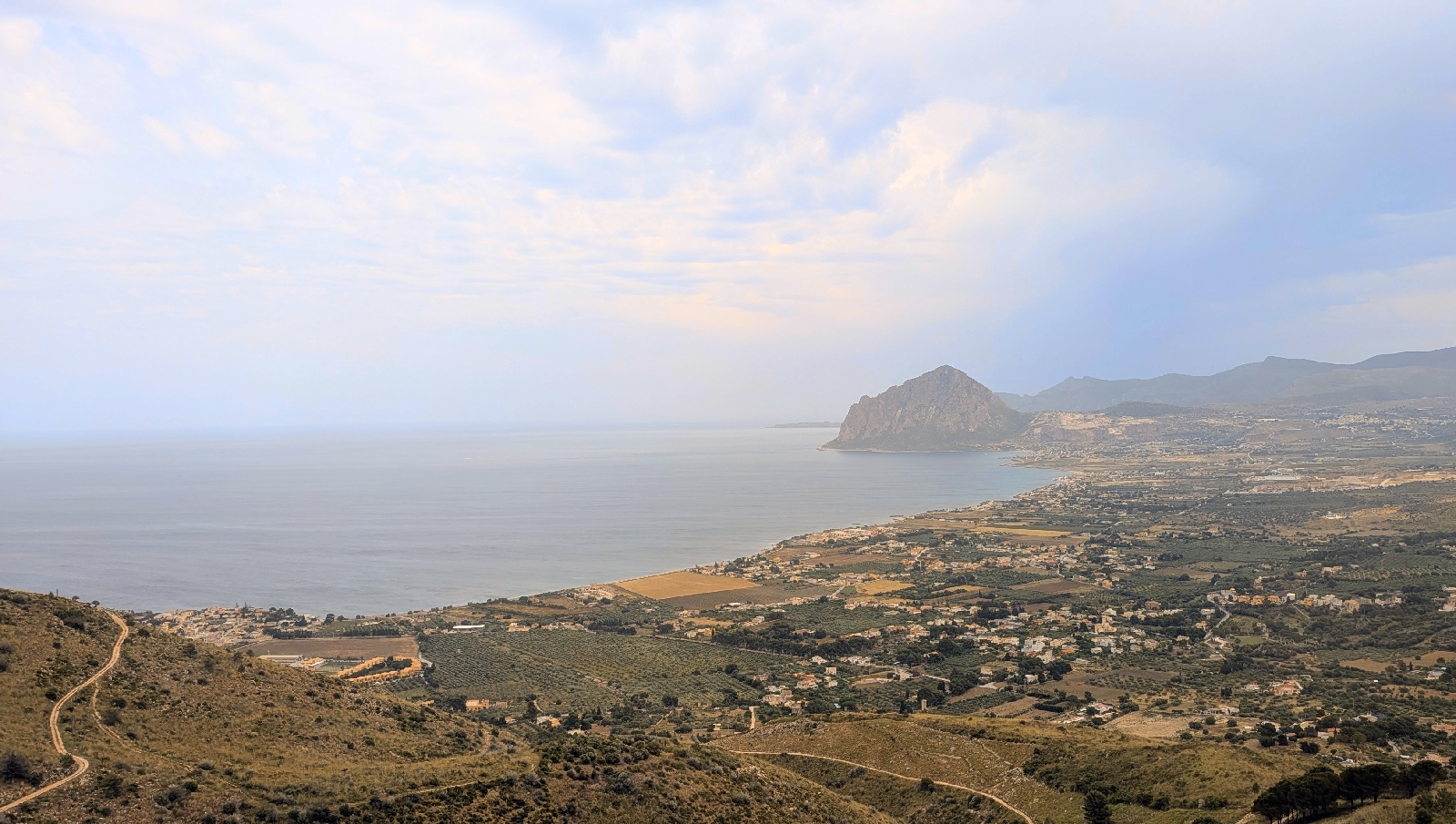Portsmouth Historic ships and naval yard
Monday September 16, 2024
After spending an evening in a cute town called Alfriston in East Sussex England, we headed to Portsmouth to see the historic Royal Navy dockyard and to learn some of the maritime history.
We started the day at the Mary Rose museum. This was Henry VIII’s flagship. For being a country surrounded by water, when Henry VIII became king in 1509, he quickly realized that they didn’t have, but definitely needed, a dedicated navy. I saw different sources say different numbers, but Henry is credited with building his “army of the sea” and commissioned at least 40 warships and maybe up to 49 by the time of his death. In 1512, the Mary Rose was commissioned and fitted with all the latest warfare. She was successful in many battles, but on July 19, 1545 during the Battle of Solent, while Henry watched from shore, the Mary Rose sank without firing a shot. It had rolled on its side for reasons unknown and water quickly filled in the boat through the cannon openings, sinking within 15 minutes. Around 700 crew members drowned with about only 30 being saved. She lay on the seabed for over 400 years before being discovered in 1971, mostly covered by silt. Then after more than 10 years of preparation below water, in 1982, they were able to raise her up. Apparently almost everyone in Britain was watching as it was pulled out of the sea. It took until 2013 for all restoration and cataloging and everything else that goes into making a museum and being able to tell her story. We were able to go through that museum and it was incredibly interesting.

What was really amazing was that they were able to do forensic testing on the bones and were able to reconstruct what people most likely looked like and what their job on the ship was. For example, they could tell the long bowman from their shoulder deteriorating.
Afterwards, we went aboard Admiral Lord Nelson's warship, the Victory, which he commanded and where he died. He is widely regarded as one of the greatest naval commanders in history. His victory on 21 October 1805 at the Battle of Trafalgar led to British naval supremacy over the next century and beyond.
As a quick story about him, when George III was king in the late 1700’s. The Napoleonic wars start, and the French, who have a strong fleet, is hiding somewhere. Enter the hero of story, Admiral Lord Nelson. He is brave and had a lot of loyalty from crew. The crew was well fed and well drilled and in battle, Lord Nelson was always up on the forward deck leading them. The French were rumored to be around the south of Spain , near the Rock of Gibraltar, and Lord Nelson set out with his fleet of the Victory and 26 more ships to look for them. Late October he found their 33 ships near Trafalgar, and on October 21. 1805, the battle of Trafalgar engaged. The Victory with her 3 masts and crew of 800 men, was in the thick of the battle, and Lord Nelson was right up on the deck in his bright colored uniform commanding the day. Unfortunately, he was easy to spot and one of the French ships was able to get close enough to shoot him. He died during this battle, but French and Spain were defeated. This meant Napoleon would not be invading England, so even though he had died, his fleet was victorious.
When I went aboard the Victory which was the actual Lord Nelson’s ship, over the years it had deteriorated so much that It is mostly recreated. Which, I guess, is cool if you want to see how everything worked, but it didn’t give me the “old feel”. But it did teach me about the ship, Battle of Trafalgar and Lord Nelson. I forgot to take inside pictures, but the first picture is the forward section and the second is from the aft.
I loved this picture because it has the ship that I described, the HMS M.33 in the foreground and the HMS Queen Elizabeth aircraft carrier in the background. Not only that, the dry dock that it sits in looks like the scene at the start of Les Miserable movie- the one with Hugh Jackman.
Lastly I saw The Queen Victoria, 3 masted ship. I ran out of time, so didn’t go through it, but it was cool looking, so I took a picture of it.
This was an active navy yard, and Counter terror response level - heightened !
Onward and outward, we headed to Salisbury for the night. We passed the Duke of Norfolk’s castle called Arundel. It is an 11th century castle restored and remodeled in the 19th century and is still the resident of the duke.













Comments
Post a Comment